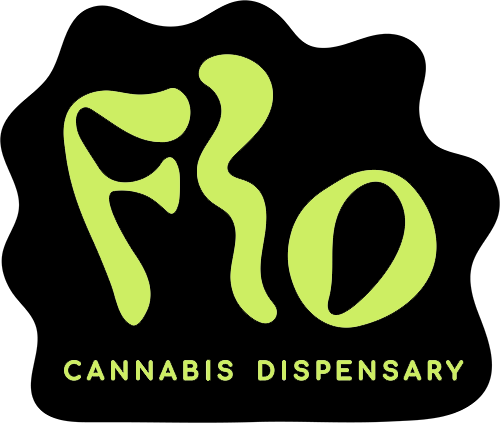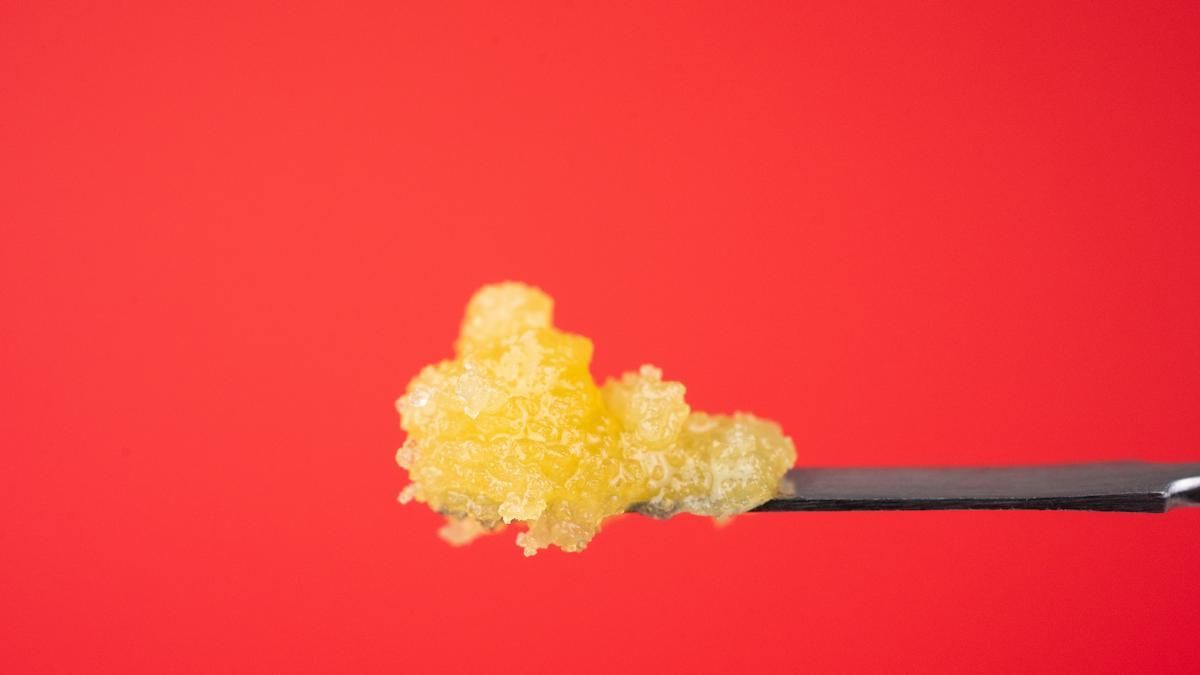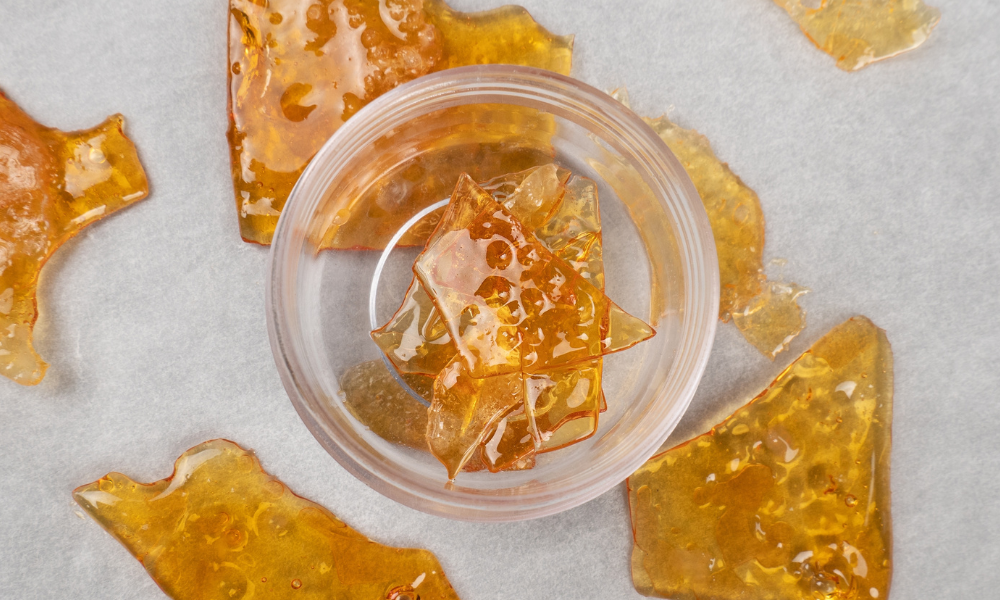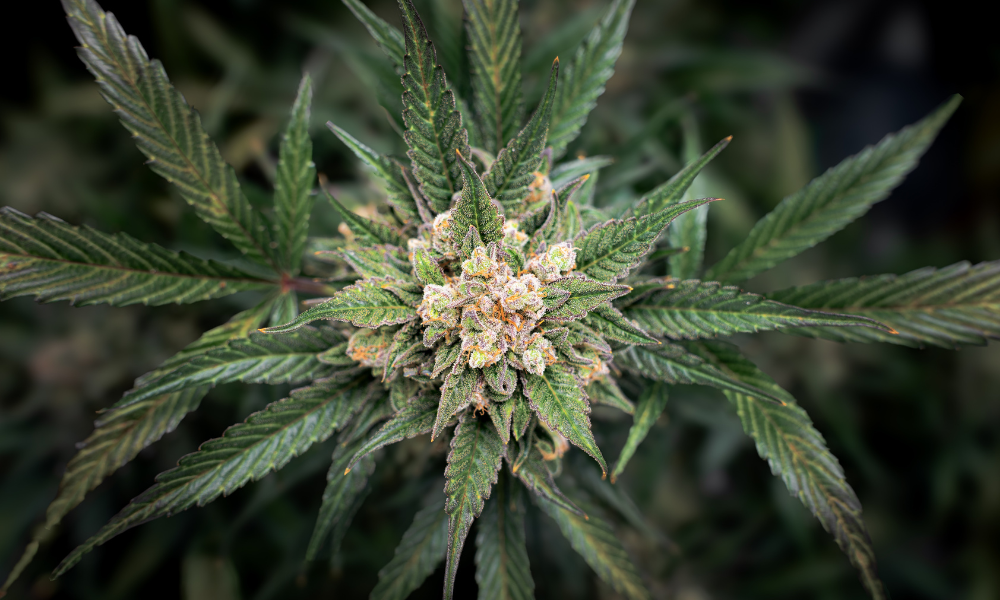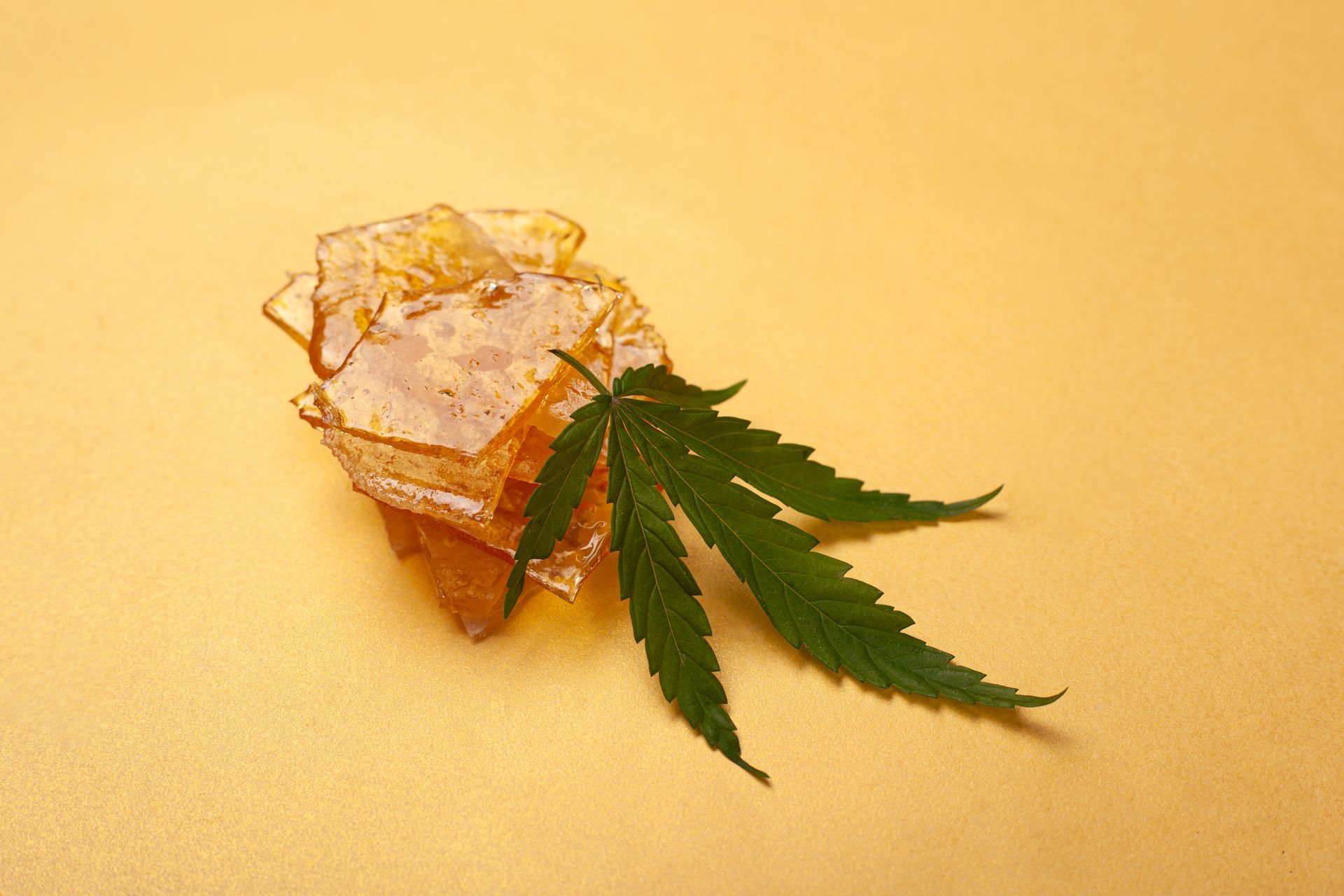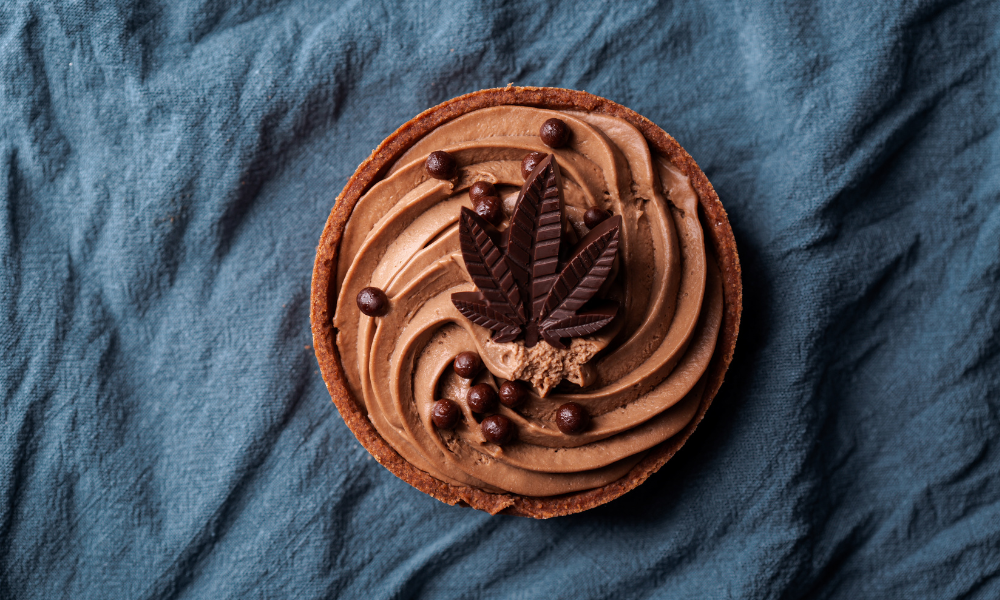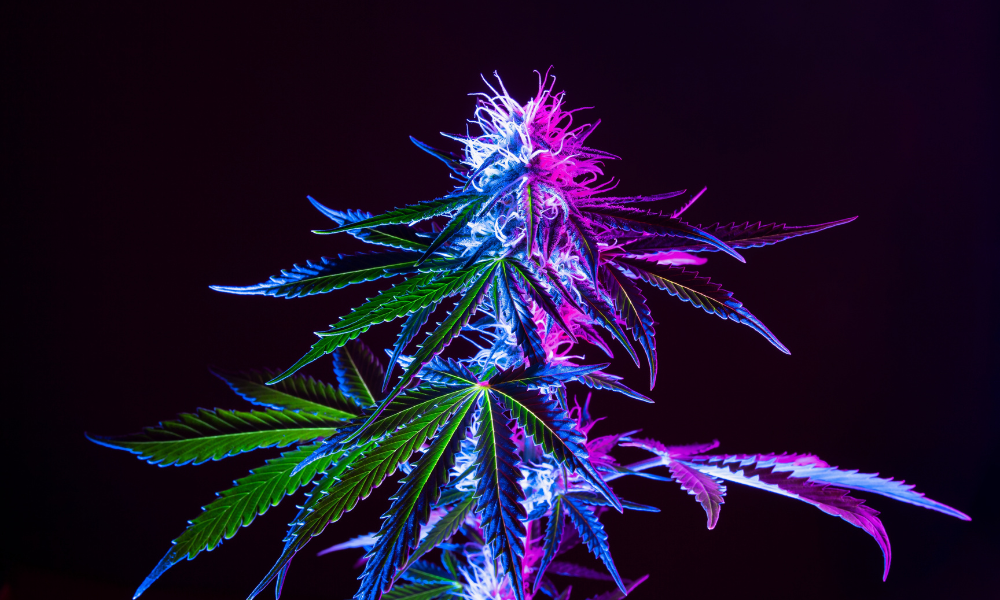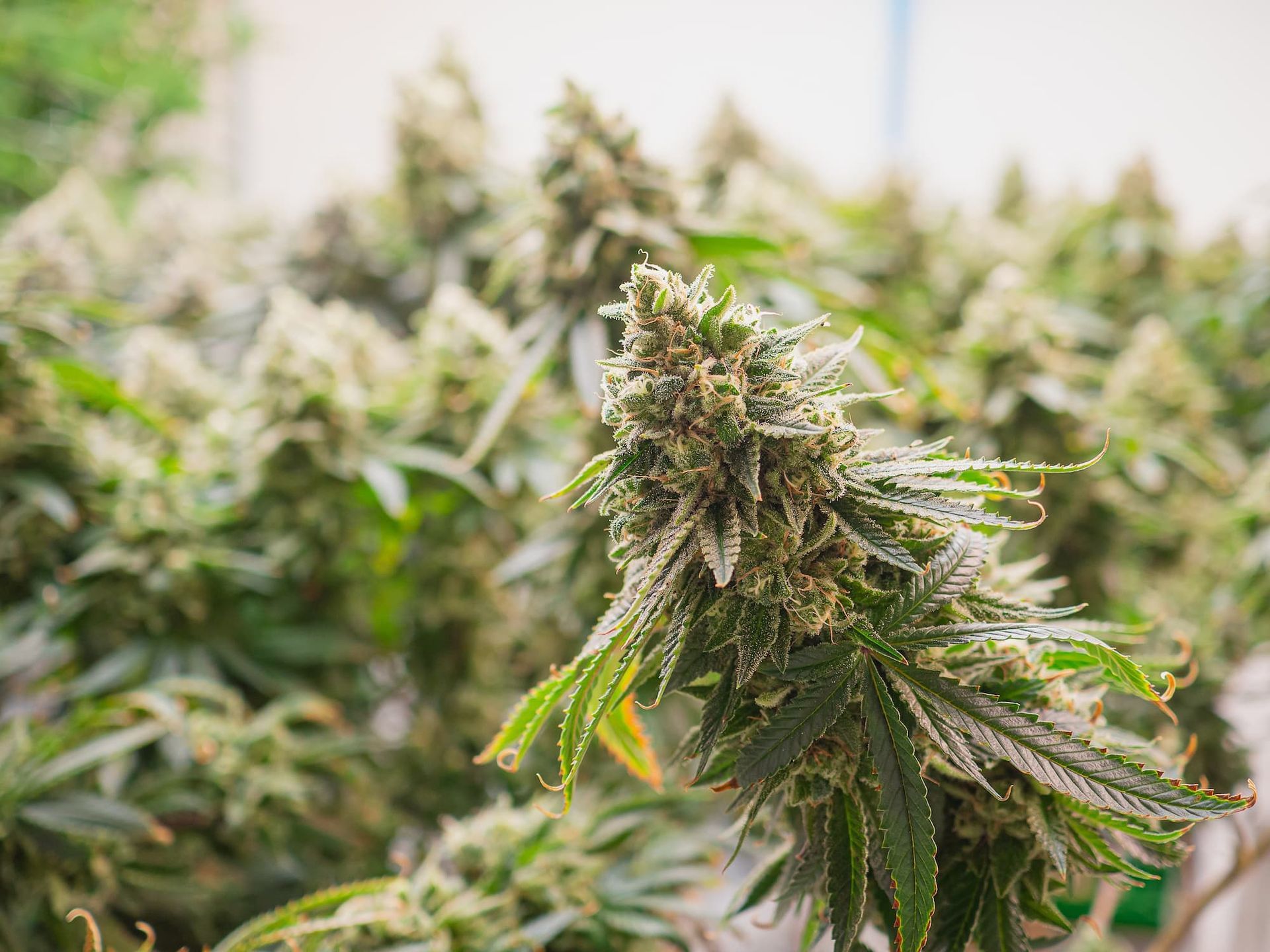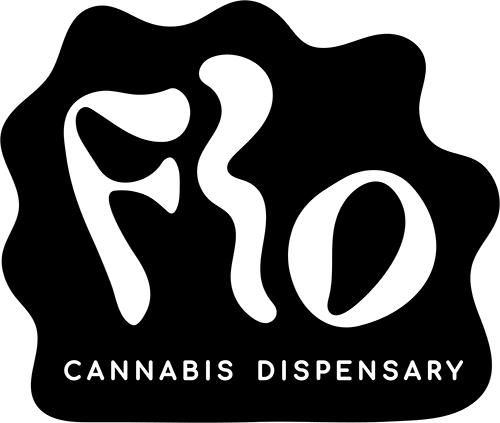How to Identify Moldy Weed: Signs, Risks & Tips
How to Identify Moldy Weed: Signs, Risks & Tips
Spotting mold on your cannabis improves quality and safety. Moldy weed can lead to health issues if smoked, so knowing the signs is essential. All home growers should learn to identify mold on weed and understand the risks involved. Helpful tips can prevent mold growth, ensuring your cannabis remains safe to use. Flo Dispensary has premium, mold-free cannabis products.
Understanding Mold on Weed
Mold is a fungus that loves damp, warm spots, and it can seriously affect your cannabis. When mold takes hold, it often appears as a fuzzy or powdery coating in white, gray, or green. This ruins the quality of your weed and can also be a health hazard.
You'll typically find molds like Aspergillus, Botrytis (or "bud rot"), and Penicillium on cannabis. Each brings its problems, but none are welcome. Aspergillus, for instance, can release mycotoxins that might cause respiratory issues if inhaled.
Moldy cannabis can mess with its effects and potentially harm your health. Staying alert to the condition of your cannabis ensures a safer and more enjoyable experience.
Signs of Moldy Weed
Visually, mold appears as a fuzzy or powdery layer on the buds, often in shades of white, gray, green, or even black. These colors can be subtle, so you should examine your cannabis closely, especially around the stem or inside the bud, where moisture tends to gather.
Beyond appearance, the smell can be a giveaway. Moldy weed often has a musty, mildew-like scent, quite different from the usual earthy or skunky aroma of fresh cannabis. If your cannabis smells off or unusually strong, it might be moldy.
Texture changes are another indicator. Moldy cannabis might feel damp or overly soft, unlike the dry, crisp texture of properly cured weed. Since moisture is a major factor in mold growth, cannabis stored in humid conditions is more prone to mold. Always store your weed in a dry, controlled environment to reduce this risk.
What Happens if You Smoke Moldy Weed?
Smoking moldy cannabis can seriously impact your health. Inhaling mold spores may lead to respiratory issues, particularly for those with weakened immune systems or existing lung conditions. Symptoms like coughing, wheezing, and shortness of breath are common. In severe cases, mold exposure might trigger infections or allergic reactions.
Certain molds, such as Aspergillus, produce mycotoxins, which are harmful compounds that can irritate the lungs and potentially cause chronic respiratory problems with prolonged exposure. Consuming moldy weed might also lead to headaches, nausea, and fatigue, detracting from the cannabis experience.
To safeguard your health, avoid moldy weed. Always inspect your cannabis thoroughly and choose reliable sources like Flo Dispensary.
How to Prevent Mold on Weed
To keep your cannabis mold-free, start with smart storage. Control humidity by keeping your stash in a space with 59% to 63% relative humidity. Humidity control packs can help maintain this balance. Opt for airtight glass jars to shield your weed from moisture and air, and avoid plastic bags that can trap dampness.
Regularly inspect your cannabis. Check for any unusual colors or fuzzy textures that might indicate mold. A musty smell is another red flag. Store your cannabis in a cool, dark spot, away from direct sunlight and heat, which can boost moisture levels and encourage mold.
Detect Mold Early and Enjoy Safe Cannabis
Spotting mold on your cannabis is key to keeping your experience both safe and enjoyable. Recognizing signs like odd colors, musty odors, and texture changes can help you steer clear of health issues. Storing your cannabis properly by managing humidity and using airtight containers prevents mold.
For reliable, mold-free cannabis, choose trusted sources. Flo Dispensary offers top-quality products. Check out our selection and learn about our commitment to safety standards. For more details or to connect with our knowledgeable team, visit our
contact page.
Featured Image:
Pong Pong
/ Shutterstock
